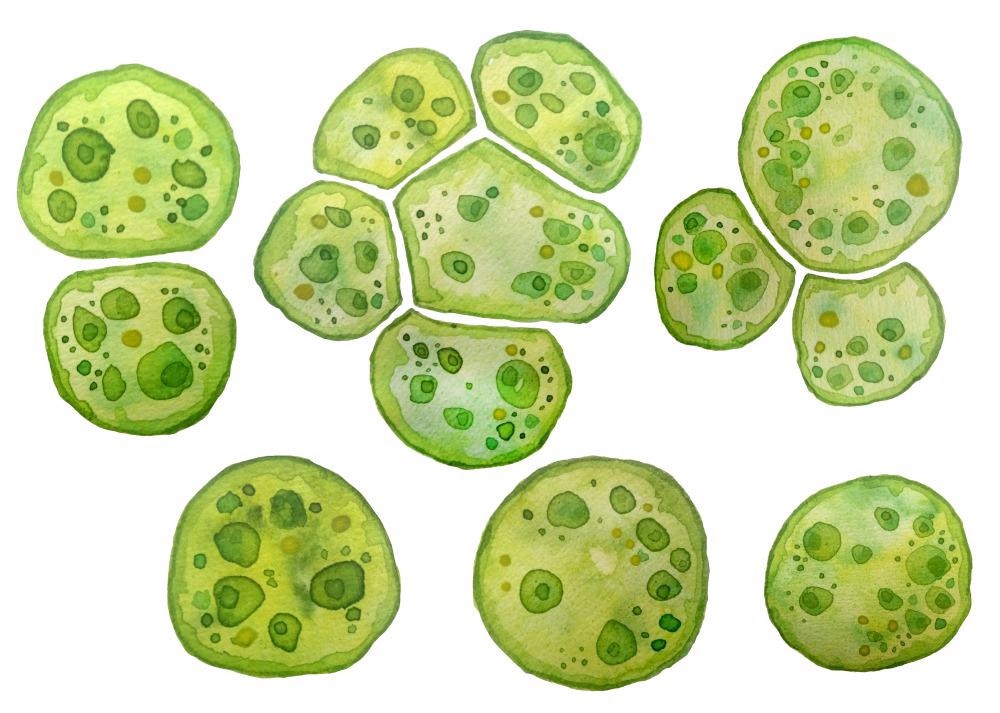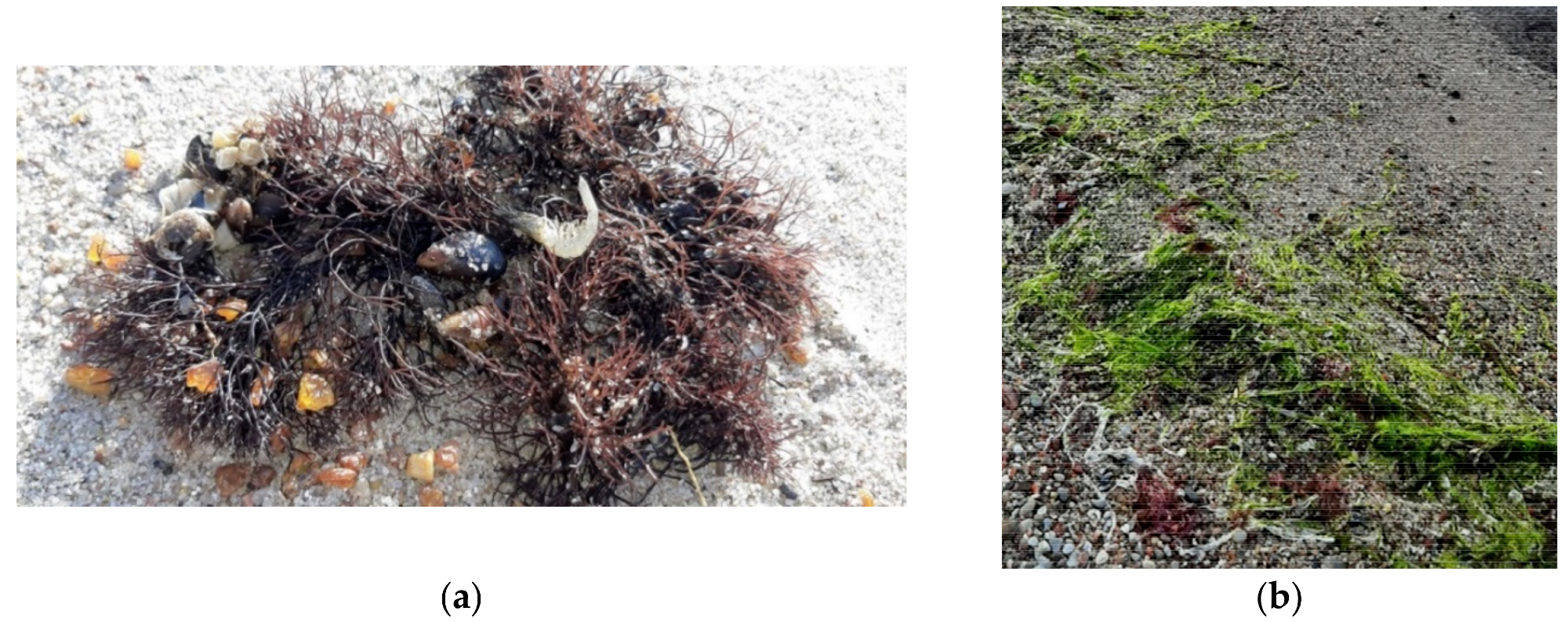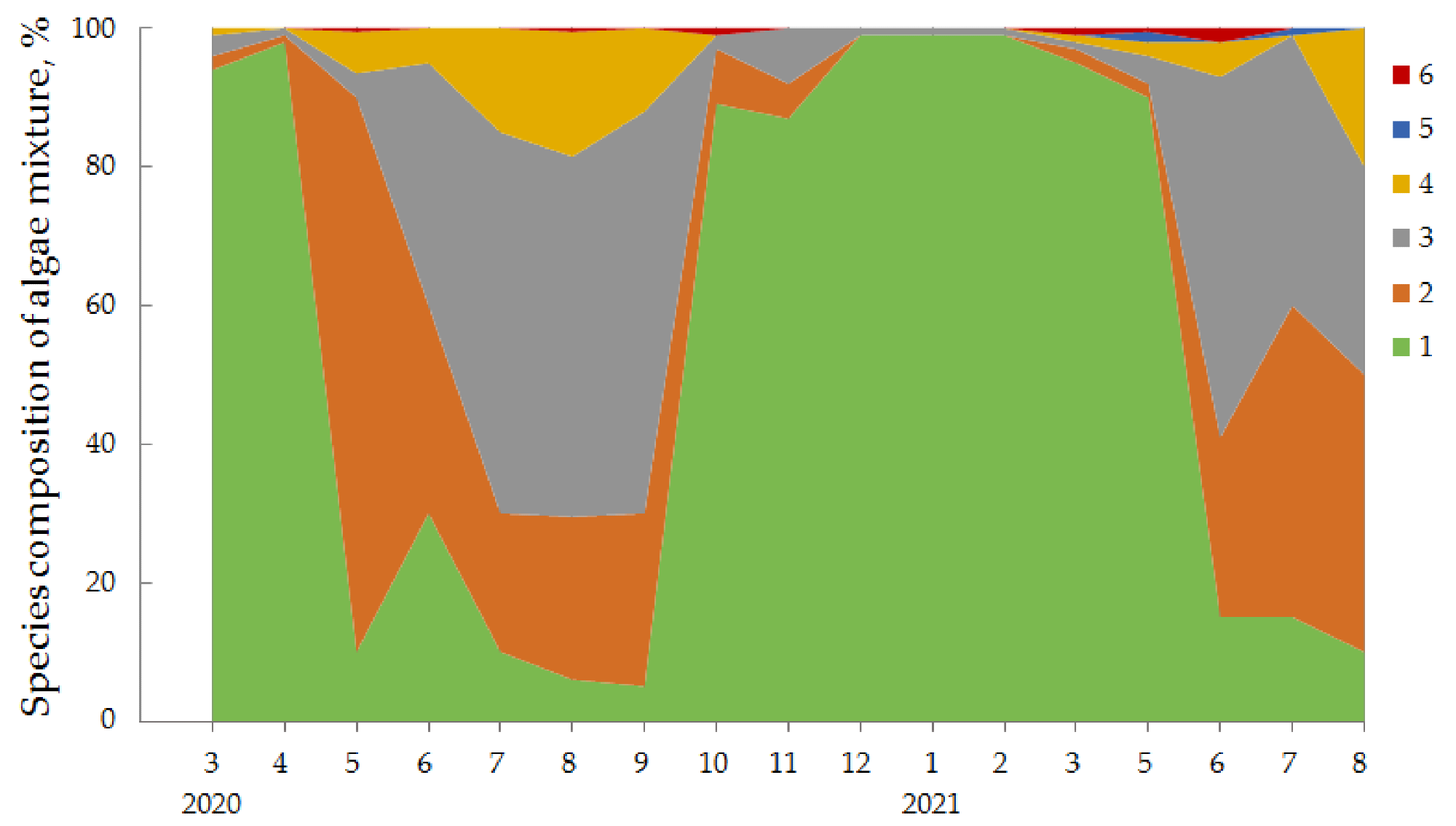A research team from Russia has published a new study in the journal Applied Sciences on utilizing Baltic Sea microalgae to manufacture commercial products. The study provides a route for utilizing algal biomass to realize the green production of biofuels and polysaccharides for several industries and mitigate the environmental damage caused by microalgal blooms.

Study: Assessment of the Resource Potential of Baltic Sea Macroalgae. Image Credit: Maryna Lahereva/Shutterstock.com
Microalgae
The accumulation of microalgae in marine environments and along coastal areas is a growing environmental problem caused by human industrial activity. Microalgal blooms are linked to greenhouse gas emissions and, moreover, the presence of blooms can harm other marine organisms by using up the available oxygen, growing too dense, and releasing toxins into bodies of water. Additionally, the presence of blooms can release malodorous substances and impact the aesthetic appeal of tourist areas and beauty spots.

A fragment of beach-cast algae (a) 19 September 2020, near the village of Witlan; (b) 9 September 2021, cape Guardeisky (photo by J. Gorbunova). Image Credit: Kulikova, Y et al., Applied Sciences
Recent studies have indicated that the impact of microalgal blooms and decomposing organisms on climate change has been severely underestimated. The conventional way of remediating microalgal blooms is to destroy them using various physical and chemical methods, and studies have established that the destruction of microalgal biomass releases approximately one billion tons of greenhouse gases annually.
The Potential for Utilizing Microalgal Biomass
Due to the environmental impact of microalgal bloom proliferation and destruction and the resource potential of these organisms, researchers have focused on strategies to utilize algae biomass for value-added commercial products. Studies have explored the production of bioethanol, agrochemicals, fertilizers, medicines, biochar, hydrogen, and food products.
Utilizing microalgal biomass has several advantages for industry and society. It reduces the impact of blooms on marine environments and biodiversity, mitigates climate change by removing sources of carbon dioxide emissions, and has economic benefits for tourism and industries that rely on marine ecosystems. Converting microalgae into valuable commercial products will help to realize the concepts of the circular economy and the bioeconomy.
In the bioeconomy, technologies are developed for the cascade processing of biomass sources. Stepwise methods are used to extract valuable products, from the most to the least valuable. Central to realizing these methods is an assessment of the resource potential of biomass sources. By assessing this, theoretical, scientific, and technological foundations for cascade processing technologies can be better established in research.
The Study
Recognizing the importance of assessing microalgal biomass resource potential, the team from Russia has presented a new study. Specifically, the team has studied microalgal species found on the coast of the Baltic Sea. A detailed description of beach-cast microalgal species has been provided by the authors.
In the research, the antioxidant properties and physiochemical composition of microalgal species have been analyzed. This analysis is used to identify promising fields of application for microalgal products. The prospects of utilizing microalgal biomass as nutrient sources and biologically active substances have been highlighted in the study, as well as the potential for use in the biofuel industry. Nearly one hundred current studies were analyzed by the authors.
Analysis of Microalgae Species
Analysis revealed that the dominant species on the Russian coast of the Baltic Sea are Ulva sp., Polysiphonia fucoides, Cladophora sp., and Furcellaria lumbricalis. In terms of recoverable carbohydrates, which can be utilized in food production and industrial chemical synthesis, Polysiphonia and Furcellaria were found to be the most promising resource. These species contain 19.98% and 25.6% sugars, respectively. The most common carbohydrates present in microalgae are fructose, galactose, and glucose.
Analysis of the fatty acids present in the collected species revealed contents of saturated fatty acids such as methyloleic, palmitic, and stearic fatty acids. Polysiphonia species were found to have the highest crude protein content (28.2%.) Further analysis revealed high carbon content, low sulfur content, and low hydrogen content in analyzed microalgae species.

Taxonomic representation in beach-cast algae from Filinsky Bay in different seasons: 1—Furcellaria, 2—Polysiphonia, 3—Cladophora, 4—Ulva, 5—Fucus, 6—Others. Image Credit: Kulikova, Y et al., Applied Sciences
In terms of biofuel production, red algal biomass was discovered to have the highest resource potential. This is due to the presence of large amounts of lipids and proteins, which have the potential to produce melanoidins during the process of hydrothermal liquefaction. The production of melanoidins increases the potential yield of biofuels.
Additionally, the authors analyzed the degree of contamination in the samples recovered. Along with the categorization of physiochemical composition, the authors proposed that the most promising research direction for microalgal biomass utilization is the production of biofuels, either solid, liquid, or gaseous. Utilizing Furcellaria biomass for the extraction of polysaccharides is of interest due to the high degree of possible purification.
The high protein content of samples was noted by the authors as promising for extraction, but they have noted that further research is needed on the impact of contaminants on product quality and determining nomenclature. Overall, this research provides a promising basis for the further development of technologies that utilize microalgal biomass to improve environmental remediation and help to realize the aims of the bioeconomy and circular economy.
Further Reading
Kulikova, Y et al. (2022) Assessment of the Resource Potential of Baltic Sea Macroalgae [online] Applied Sciences 12(7) 3599 | mdpi.com. Available at: https://www.mdpi.com/2076-3417/12/7/3599
Disclaimer: The views expressed here are those of the author expressed in their private capacity and do not necessarily represent the views of AZoM.com Limited T/A AZoNetwork the owner and operator of this website. This disclaimer forms part of the Terms and conditions of use of this website.